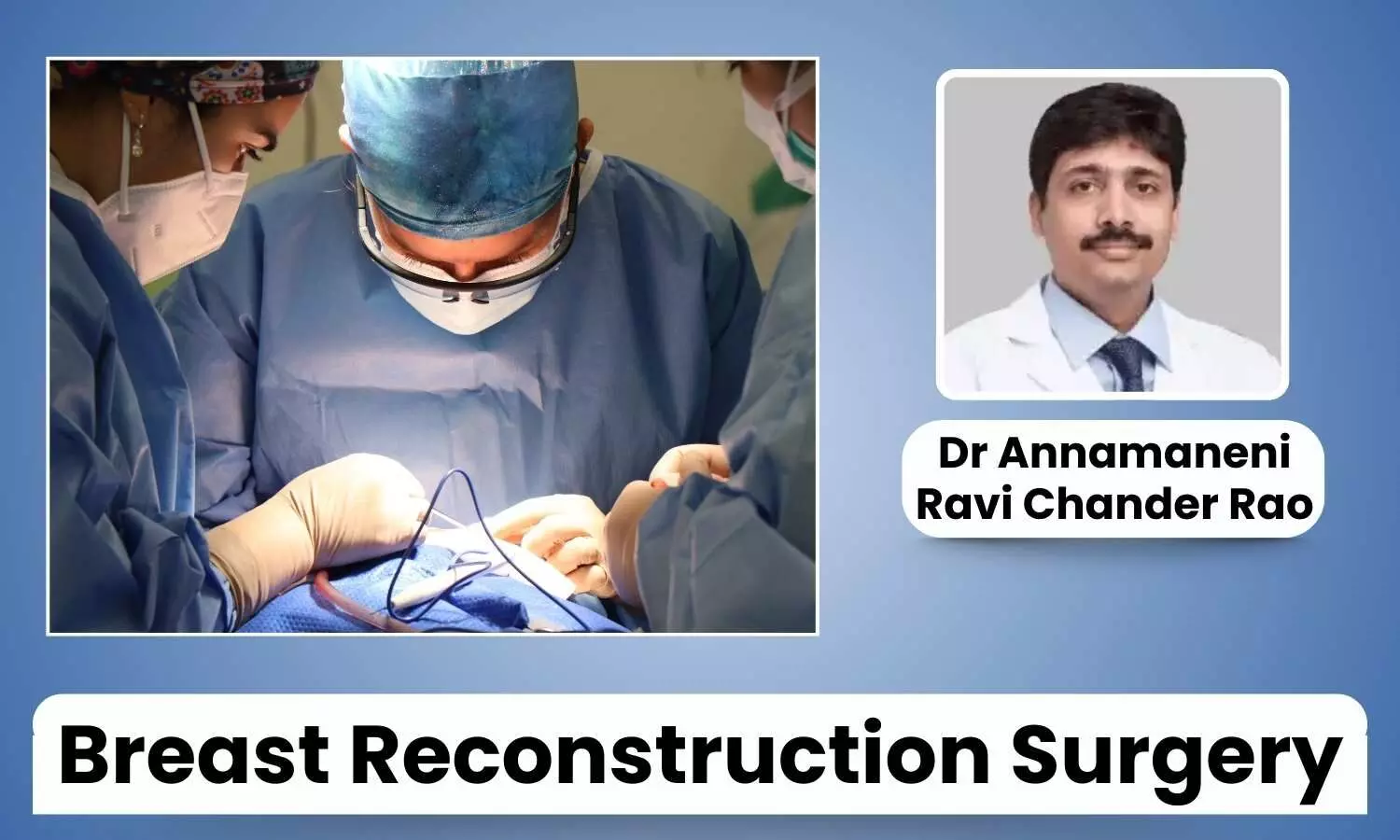Advancements in Breast Reconstruction Surgery: How 3D Printing Empowers Women Post-Mastectomy - Dr Annamaneni Ravi Chander Rao

Breast cancer is a life-altering diagnosis, and for many women, undergoing a mastectomy can be both physically and emotionally challenging. While mastectomy removes cancer, it often leaves women grappling with the loss of a vital part of their identity and sense of self.
Although breast reconstruction surgery has long aimed to help women regain a sense of normalcy and confidence after treatment, the journey to recovery has not always been easy.
However, breakthroughs in medical technology, especially 3D printing, are revolutionizing post-mastectomy care by enabling customized, precise solutions to restore both function and form.
Evolution of Breast Reconstruction Surgery
Traditional reconstruction methods have served patients well, but also come with obstacles like uneven results, limited tailoring to individual needs, and extended recovery times.
Gradually, refinements in surgical techniques and new materials have enhanced outcomes, but attaining natural symmetry often remained difficult.
Now, 3D printing is fundamentally changing breast reconstruction by addressing longstanding challenges through patient-specific treatment planning and fabricating implants. By merging art and science, this cutting-edge approach brings reconstruction to new levels of precision and validation.
How 3D Printing Works in Breast Reconstruction
3D printing, also called additive manufacturing, involves fabricating three-dimensional structures layer by layer based on digital models. In breast reconstruction, it plays a pivotal role pre-operatively in surgical planning, and intra-operatively in sculpting implants and even developing customized prosthetics.
Through these personalized solutions, 3D printing is ushering reconstruction into an exciting new era of improved cosmetic and psychological outcomes for women.
Digital Imaging and Personalization: Advanced visualizations like CT scans and MRI capture a patient's precise body structure and remaining tissues. Doctors convert these to digital models, enabling custom treatments.
Crafting Individual Implants: Using biocompatible materials, 3D printers fabricate inserts perfectly matching anatomy. Guesswork is eliminated, as is symmetry questions and an obvious appearance.
Improved Surgical Planning: Doctors can use 3D prints to simulate operations, visualizing where tissues or implants would sit. Not only does precision improve but also time in surgery and danger of issues.
Prosthetics and Outside Solutions: Those choosing to not have reconstruction can get custom external prosthetics - lightweight, at ease and resembling natural tissues.
Benefits of 3D Printing in Breast Restoration
Including 3D printing in breast restoration offers multiple advantages:
Exactness and Balance: Made-for-each-patient implants ensure a natural look and better symmetry, a frequent patient worry.
Shorter Operations: Pre-operation preparation and custom inserts minimize adjustments during, cutting surgery time.
Heightened Satisfaction: The tailored nature of 3D solutions leads to higher fulfilment and self-assurance.
Open to Advanced Options: Continuing progress decreases 3D printing expenses, making it accessible to more patients.
Improved Healing and Results: Custom implants and briefer operations contribute to swifter recovery and fewer after issues.
Challenges and the Road Forward
While remarkable in possibility, 3D printing presents challenges, requiring infrastructure, training and materials investment significantly. Additionally, ensuring long-term regulatory compliance and implant safety remains ongoing.
Despite difficulties, 3D printing's future in breast reconstruction looks promising. Research develops bio-prints using patients' own cells, revolutionizing reconstructive surgery by eliminating synthetic materials need.
Empowering Through Technological Progress
As a plastic surgeon, my goal ultimately empowers women reclaiming confidence and self after mastectomy. Innovations like 3D printing are more than advances; they enable hope and healing offers to patients. By embracing technologies like 3D printing, outcomes improve and reconstruction surgery's boundaries redefine.
Conclusion
The journey after a mastectomy is profoundly individual, with every woman deserving an approach customized for her specific situation. 3D printing is narrowing the divide between customized optimization and precision, rendering breast reconstruction more obtainable, impactful, and humane.
As we persist innovating, the forthcoming landscape portends tremendous potential for all women globally, confirming they can tackle life's hardships with restored self-assurance and fortitude.


